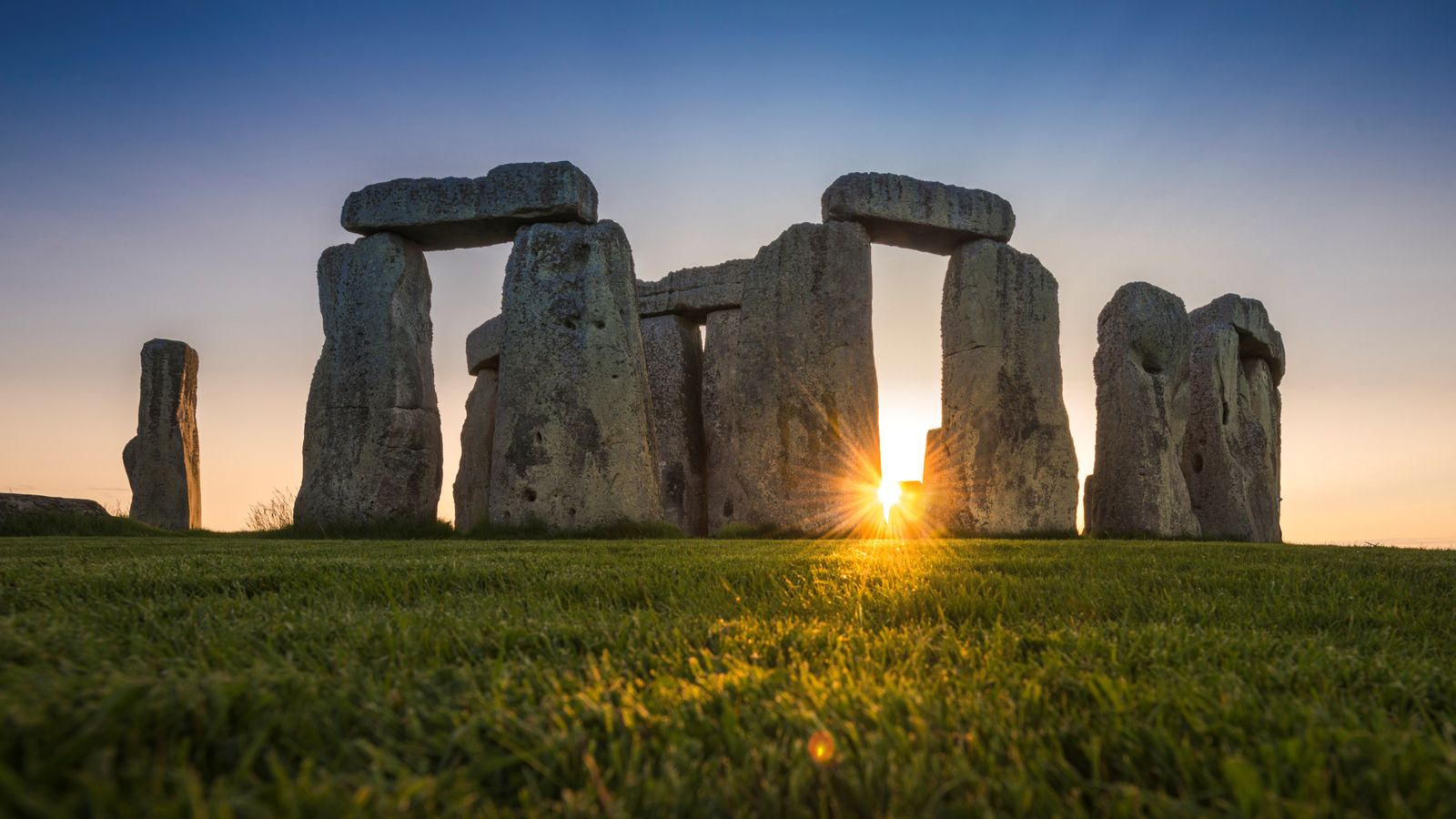Plans to build a road tunnel near Stonehenge have been approved, the Department for Transport (DfT) has announced.
Transport Secretary Mark Harper has granted a Development Consent Order (DCO) to construct the tunnel near the English Heritage site in Wiltshire.
However, legal routes remain available for people to challenge the decision.
Former Transport Secretary Grant Shapps gave the project the green light in November 2020 – despite warnings from Planning Inspectorate officials that it would cause “permanent, irreversible harm”.
In 2021 campaigners won a High Court battle in a bid to stop the controversial A303 road project, which would see a two-mile (3.3km) tunnel running past the world-famous monument.
Save Stonehenge World Heritage Site (SSWHS) challenged Mr Shapps’s decision to back the £1.7bn scheme to overhaul eight miles (13km) of the A303.
But a letter confirming the project had been given the green light was published by the DfT on Friday, 14 July.
Westminster Accounts: Number 10 says MPs should ‘focus on serving constituencies’ after Sky News reveal second jobs earnings
London Gatwick Airport to be hit by strike action at start of summer holidays – after easyJet announces cancellations
Bird flu: Two more poultry workers in England test positive
The plans include the construction of a new two-lane dual carriageway for the A303 between Amesbury and Berwick Down.
The road is part of a key route connecting the South West to London which has been plagued by “acute congestion problems” for more than 30 years, the DfT said.
“It is the first section of single carriageway when travelling west from London and at busy times traffic levels can be double the design flow capacity,” the 64-page report stated.
“The Secretary of State considers it important that a free-flowing, reliable connection between the South East and the South West would also contribute to the objective of enabling growth in jobs, including tourism, and housing.”
The works will also enable visitors to Stonehenge to “see the stone circle without the visual and aural distraction of road traffic”, the DfT said.
Mr Harper is “satisfied” the project’s “harm on spatial, visual relations and settings is less than substantial and should be weighed against the public benefits,” the report concluded.
Director of the RAC Foundation, Steve Gooding, said debate about how to reduce traffic around Stonehenge has been raging since 1991.
“This saga is starting to feel almost as old as the stones themselves, and it’s not over yet,” he said, warning that people against the project will be already be considering another legal challenge.
“Quite apart from the risk of further delays, the next hurdle for the project is getting the funding in place to proceed, despite the economic squeeze on the DfT’s budget.
“While users of the A303 might be encouraged by today’s decision, it feels like they’ll still be able to enjoy the current view of the stones from the road for quite some time to come.”







